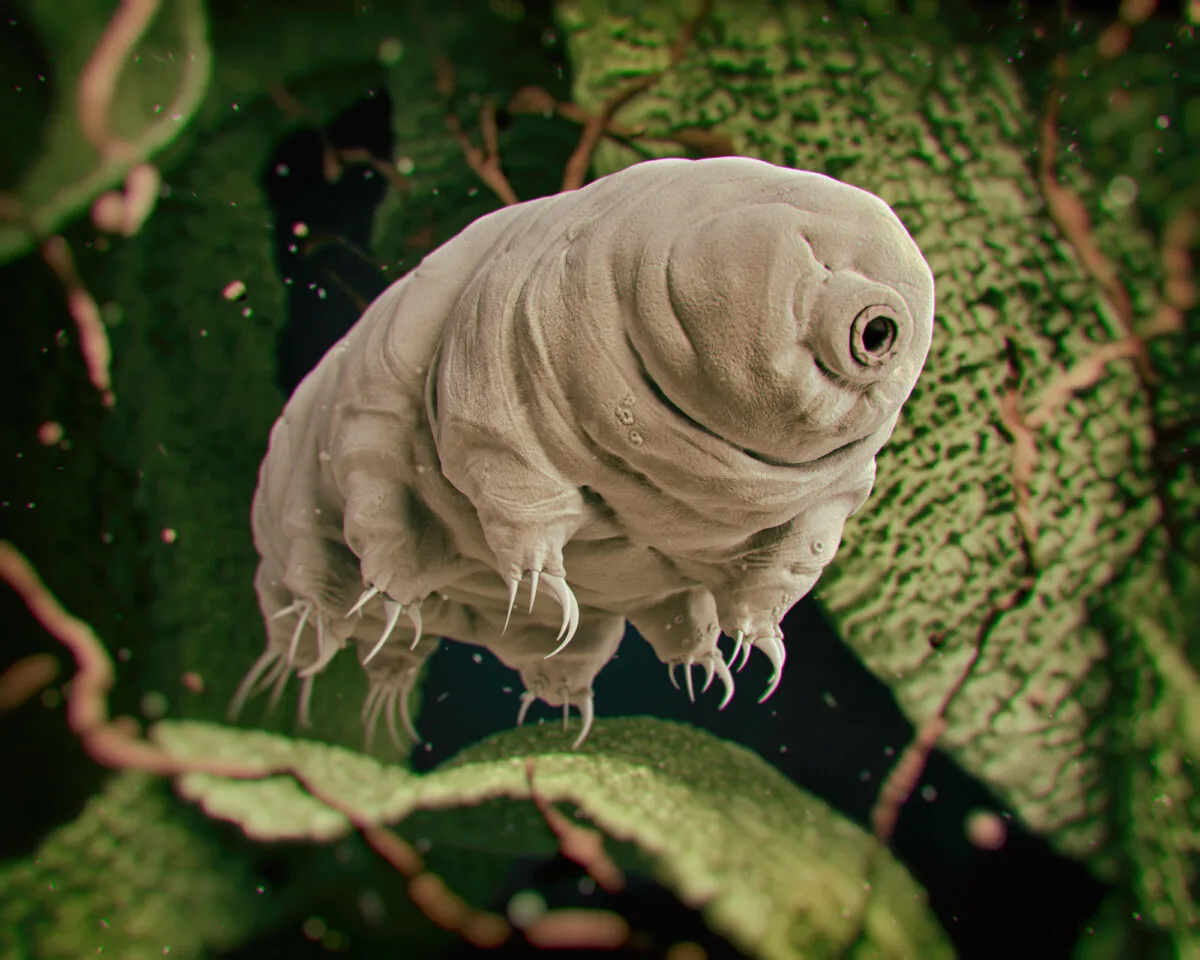The toughest creature on earth is easily the Tardigrade, an organism that can withstand extreme heat, drought, and even radiation.
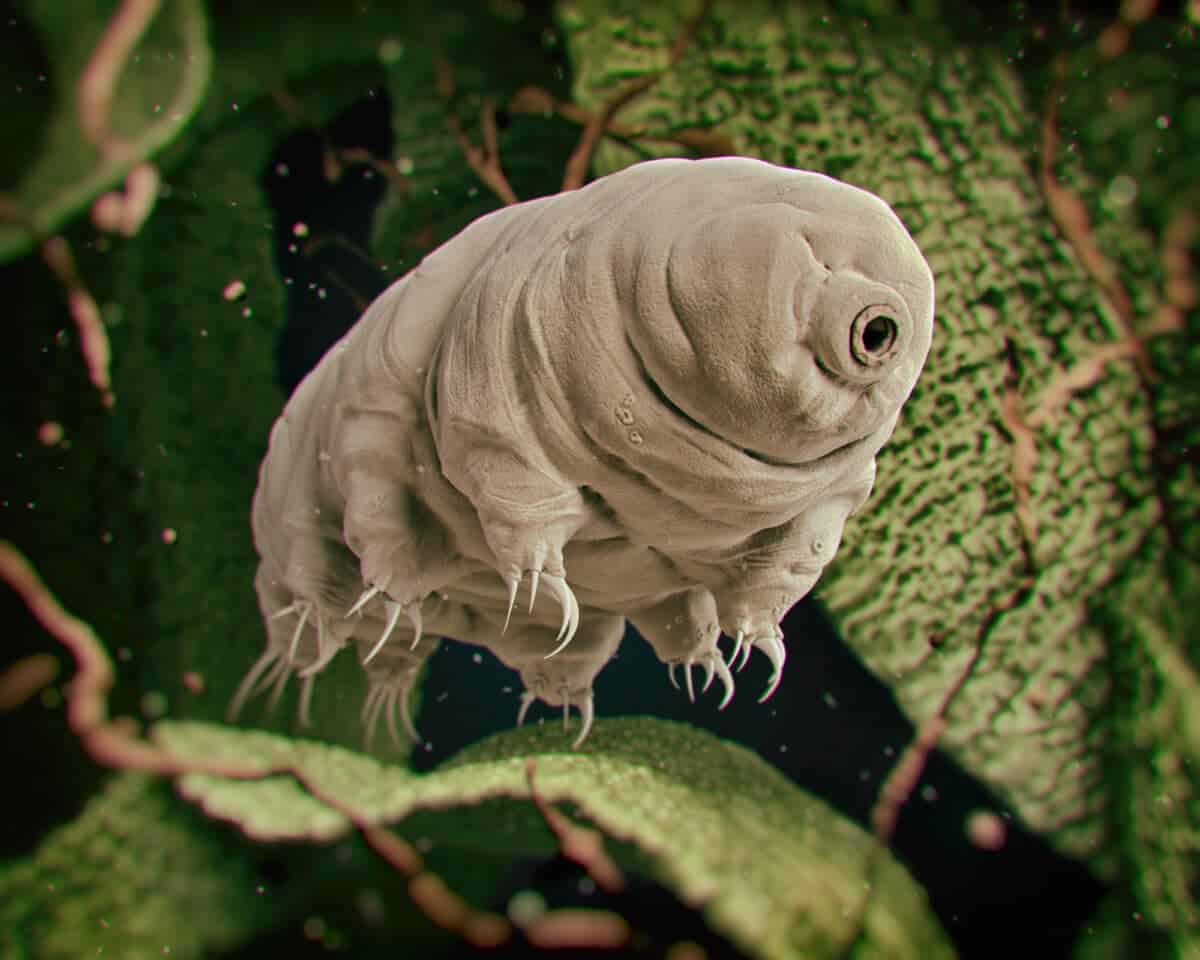
Tardigrades, also known as moss piglets, are among the most resilient organisms found on our planet. They can survive almost any extreme environment — from boiling temperatures to cold ones, from the depths of an ocean trench to the driest deserts — making them one of nature’s greatest miracles and mysteries.
From their strange beauty under a microscope to their remarkable resilience in hostile environments, there is much we can learn about these fascinating creatures.
Join us as we explore this remarkable species and how one of the toughest creatures on earth can teach us about our endurance here on Earth.
Introducing the Tardigrade – Uncovering the Secrets of These Tough Little Creatures
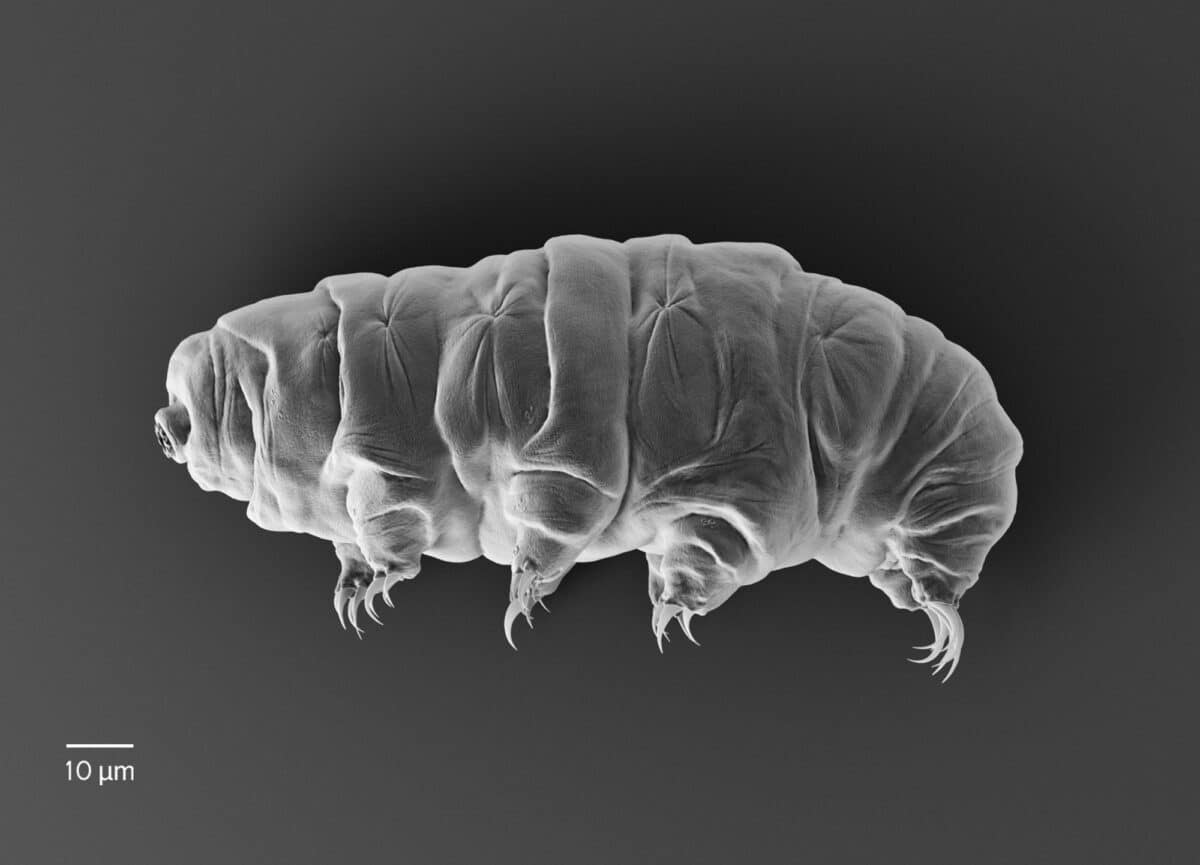
The Tardigrade, also known as the water bear, is a tough little creature that has captured the attention of scientists and curious minds alike. These microscopic organisms are found in almost every environment on Earth, from the deepest trenches in the ocean to the highest mountains.
Despite their small size, Tardigrades are tenacious survivors, capable of withstanding extreme temperatures, radiation, and even the vacuum of space. Their remarkable resilience has fascinated researchers keen to decode their secrets and learn more about their unique biology.
Studies have shown that Tardigrades possess a unique mechanism that allows them to repair their DNA after damage, which has implications for our understanding of aging and illness. By uncovering the mysteries of the Tardigrade, scientists hope to unlock new solutions for various real-world applications, from space exploration to medicine and beyond.
An Overview
| Traits | |
|---|---|
| Size | 0.004 to 0.06 inches (or 0.01 to 0.15 centimeters) |
| Diet | Omnivorous, feeds on plant cells, algae, and invertebrates |
| Body Type | Segmented body with head, thorax, and abdomen |
| Geographic Distribution | Global distribution, found in extremely diverse habitats worldwide |
| Resilience | Can withstand extreme temperatures, pressures, radiation, and vacuum of space |
| Habitat | Primarily water-dwelling, also found in moist terrestrial environments |
| Feeding Habits | They consume plant cells, algae, small invertebrates, and even other tardigrades. |
| Adaptations | Produce protective proteins, repair DNA, and preserve cell structures |
| Reproduction | Sexual and asexual reproduction |
| Scientific Significance | Studied for applications in astrobiology and biotechnology |
| Lifespan | Varies among species, ranging from a few months to several years |
| Sensory Perception | Possess sensory organs and can detect environmental cues |
| Mobility | Slow-moving and typically crawl using their limbs |
Tardigrade Adaptations: How They Survive Extreme Conditions

When pushing the boundaries of survival, the Tardigrade reigns supreme. These microscopic animals, also known as water bears, have adapted to endure some of the harshest environments on Earth. But how do tardigrades manage to thrive where other organisms cannot?
Researchers are continuously delving into the enigmas surrounding these minuscule organisms, and a pivotal aspect lies in their remarkable capacity to undergo a state of suspended animation called cryptobiosis. In this state, tardigrades can shut down metabolic processes until the conditions are right for them to reawaken.
Additionally, tardigrades have unique proteins and genes that protect them from extreme temperatures, pressures, and radiation. Their tough exoskeletons also act as a shield against harmful environmental factors. The more we learn about tardigrade adaptations, the more we realize how amazing and resilient these tiny animals are.
Senses, Behaviors, and Habits
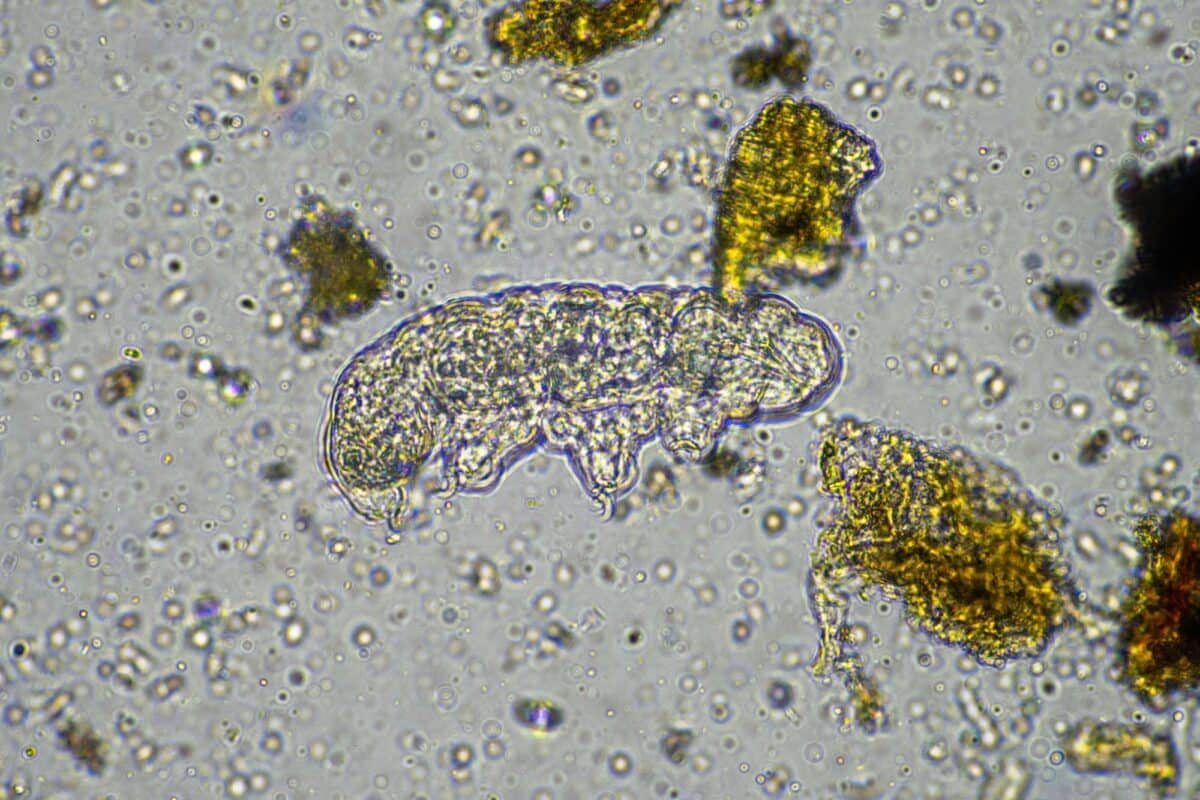
Tardigrades, or water bears, are tiny, eight-legged micro-animals that have adapted to survive in some of the harshest environments on Earth.
Here’s what we know about their senses, behaviors, and habits:
Tardigrade Senses
- Despite their small size, tardigrades have a surprisingly complex nervous system that allows them to detect and respond to environmental changes.
- Tardigrades rely on a combination of chemical and touch sensors to navigate through their surroundings and locate food.
- While they don’t have eyes, studies suggest that tardigrades are sensitive to changes in light and can sense different wavelengths of electromagnetic radiation.
Tardigrade Behaviors
- Tardigrades are known for their remarkable ability to enter a state of cryptobiosis, or suspended animation, in which they can survive extreme conditions that would kill most other organisms.
- When faced with a threat, such as a drying out or freezing environment, tardigrades can enter a state of desiccation and effectively shut down their metabolism.
- Unlike other animals that use hibernation or torpor to cope with harsh conditions, tardigrades can remain in a state of cryptobiosis for years, and even decades, until they are exposed to moisture again.
Tardigrade Habits
- Tardigrades are found in almost every environment on Earth, from deep-sea hydrothermal vents to alpine meadows and Arctic ice.
- Despite their tough exteriors, tardigrades are voracious eaters, feeding on bacteria, algae, and other microscopic organisms.
- Some tardigrade species are known to exhibit sexual reproduction, while others can produce offspring through parthenogenesis or asexual reproduction.
While there is still much to learn about these fascinating creatures, it’s clear that tardigrades are some of the most resilient and adaptable organisms on the planet. Through their unique senses, behaviors, and habits, we can learn important lessons about survival and endurance in even the most extreme environments.
The Role of Tardigrades In Nature’s Ecosystems
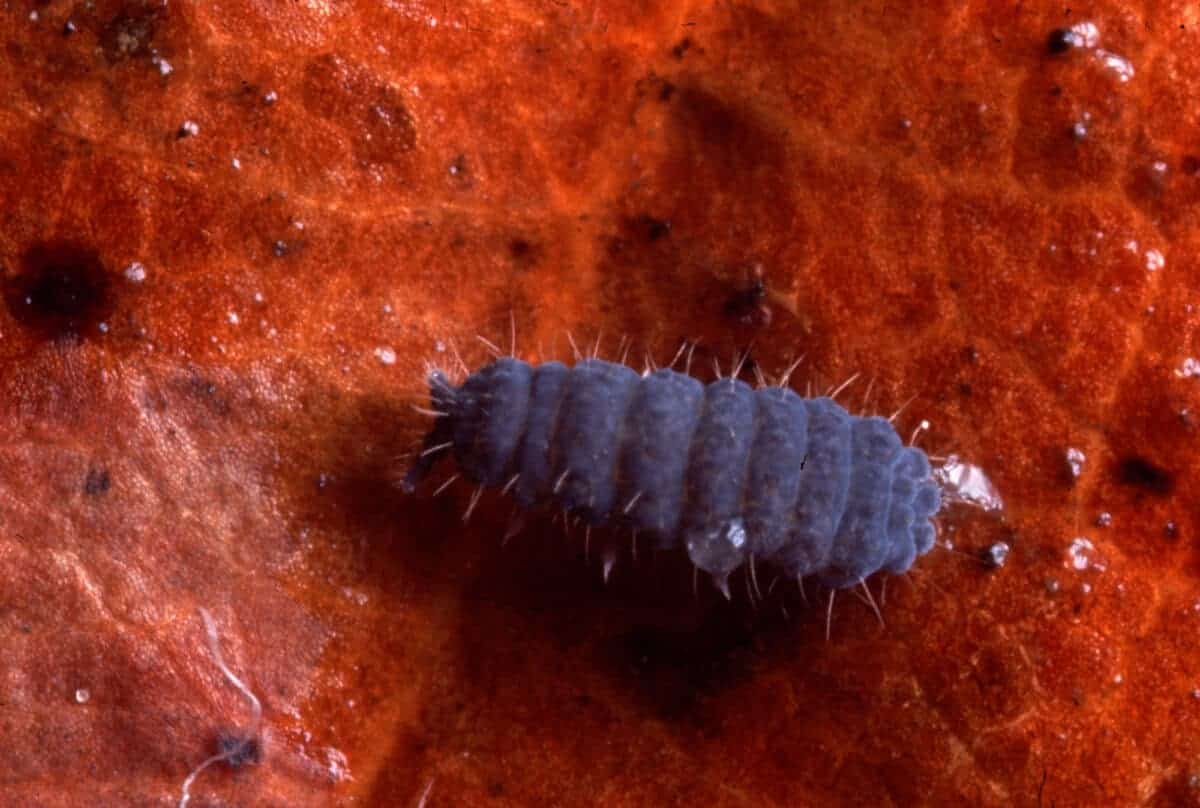
Nature’s ecosystems are complex and diverse, with countless species interacting and relying on one another in complex ways. Among these species are the humble tardigrades.
These minuscule organisms might appear inconsequential, yet they fulfill a pivotal function within their surroundings. Tardigrades consume microorganisms, helping to regulate populations and maintain balance in their respective ecosystems.
Additionally, tardigrades are highly resistant to extreme conditions, such as dehydration or radiation exposure. This resilience allows them to survive in inhospitable environments and potentially act as a foundation for other species to thrive. Evidently, they are well desrving of the title as the toughest creature on earth.
Understanding the unique role of tardigrades in nature’s ecosystems highlights the importance of every species and provides insight into the delicate and interconnected web of life that makes up our planet.
Different Types of Tardigrades
Tardigrades have existed for over 500 million years and evolved into over 1,300 known species. These tiny creatures come in different shapes, sizes, and colors. Let’s explore some of the most popular types of tardigrades.
#1 Milnesium Tardigrade
This species of Tardigrade is commonly known as the “water bear.” It is one of the most studied tardigrade species because of its high resistance to dehydration. Milnesium tardigrade can withstand desiccation for years and can revive within minutes of contact with water. These tardigrades usually inhabit mosses and lichens.
#2 Ramazzottius Varieornatus
Also known as the “space bear,” Ramazzottius varieornatus is a species of Tardigrade that has been studied for its ability to survive extreme environmental conditions. In 2007, a group of these tardigrades was launched into space and exposed to cosmic rays and vacuum conditions for ten days – and they survived!
#3 Hypsibius Exemplars
Hypsibius exemplaris, commonly known as the “green bear,” lives in freshwater and soil. This species is green in color due to the presence of chloroplasts, which enables the tardigrades to engage in photosynthesis. This species is also recognized for its ability to withstand high radiation levels and toxicity.
#4 Echiniscus Testudo
Echiniscus testudo, also known as “shield bear,” is a tardigrade species in soil and moss. Its name derives from its body shape, which resembles a shield. Echiniscus testudo is known to have a high resistance to heavy metals, which makes them crucial in bioremediation.
#5 Macrobiotus Sapiens
The “humanoid tardigrade” Macrobiotus sapiens has a unique appearance that resembles a human form. This species inhabits moss, soil, and freshwater. Macrobiotus sapiens is significant in the study of biogeography and evolution.
The above-mentioned tardigrade species are just a few of the 1,300 species currently known. Although small, tardigrades have massive implications for scientific research and practical use, including bioremediation, space exploration, and evolution study.
Scientific Breakthroughs Made Possible Thanks to Tardigrades
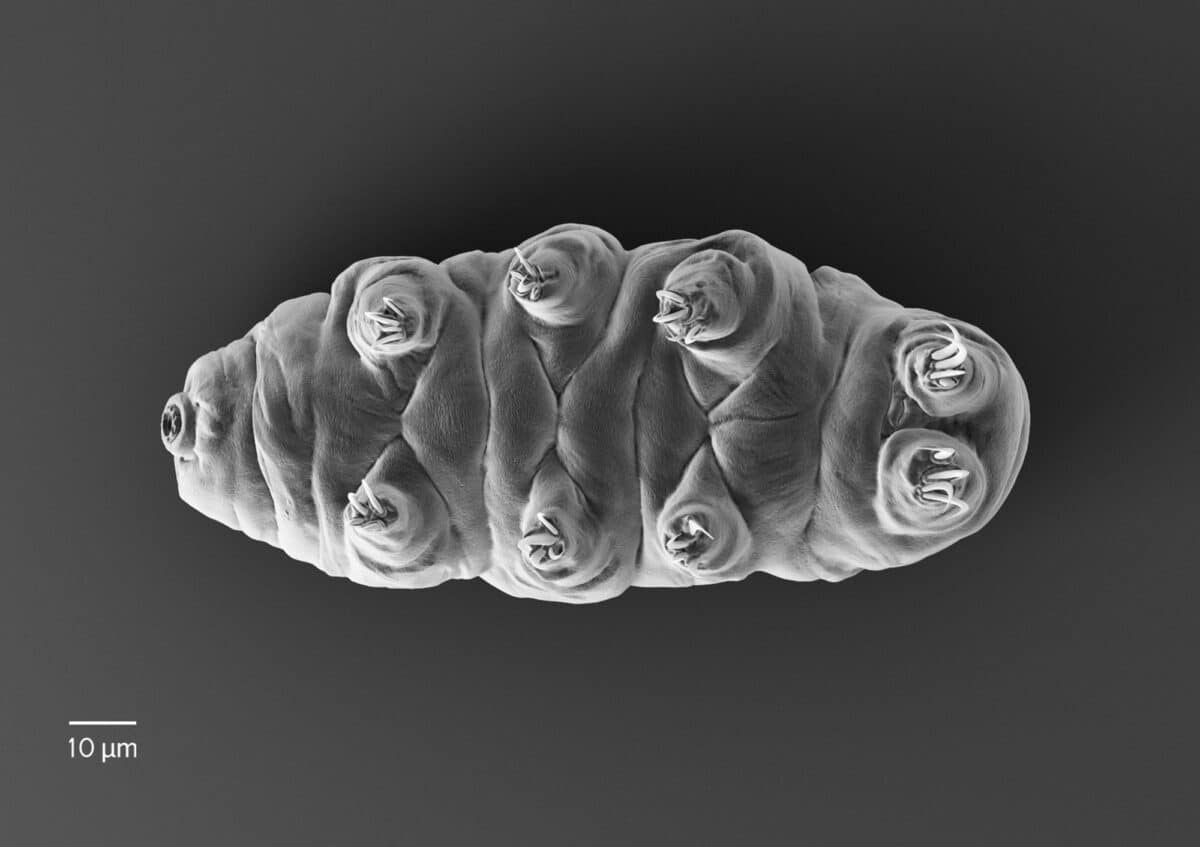
- Radiation Resistance: Studies on tardigrades have identified unique proteins, such as Dsup (Damage suppressor), which protect DNA from radiation damage. Understanding these protective mechanisms could lead to advancements in radiation therapy for cancer treatment or radiation protection for astronauts.
- Desiccation Tolerance: Their ability to survive extreme dehydration has led to discoveries about their stress tolerance and the protective mechanisms employed during cryptobiosis. This knowledge has the potential to influence fields like agriculture and medicine, where improving tolerance to drought or developing new strategies for preserving biological materials is crucial.
- Space Exploration: Tardigrades’ ability to survive in the vacuum of space has prompted investigations into their potential as hitchhikers on spacecraft. This research is essential for preventing contamination of other celestial bodies during space exploration missions.
Studying Tardigrades: Research and Educational Resources Available
Tardigrades are fascinating invertebrates that have captured the curiosity of scientists and enthusiasts alike. With their impressive ability to survive in extreme conditions, tardigrades have become a topic of interest for many researchers in many different fields of study.
Plenty of research and educational resources are available if you’re looking to study tardigrades in-depth. You can find detailed scientific papers on tardigrade biology and ecology online, as well as educational videos and articles that explain their unique traits and survival strategies.
Additionally, there are organizations and societies dedicated to the study of tardigrades that provide further resources and support for those looking to learn more about these incredible creatures. Studying tardigrades can offer a wealth of knowledge and insight, whether you’re a scientist, student, or simply fascinated by the natural world.
The Toughest Creature on Earth: The Bottom Line
Tardigrades are truly awe-inspiring in how they can survive in almost any environment. Though we know tardigrades can exist in extreme conditions, there is still much more to uncover and understand. We have only begun to scratch the surface of what this remarkable species can teach us about our opportunities for resilience.
Whether discovering more about their physiology and makeup or understanding how they find food and reproduce, these animals provide an incredible opportunity to learn and be inspired by the natural world around us.
Thank you for reading this article about the Tardigrade – the toughest creature on earth! If you enjoyed this journey, keep exploring and learn about the lethal cone snail, the most lethal jellyfish in our oceans, or uncover the oldest animal in the world.
- Magpie Bird Is Reunited with Her Dog Best Friend - April 24, 2024
- Dog Saves Another Dog From Drowning in Fish Pond - April 23, 2024
- Man On Motorbike Rescues Cat From Highway - April 23, 2024

